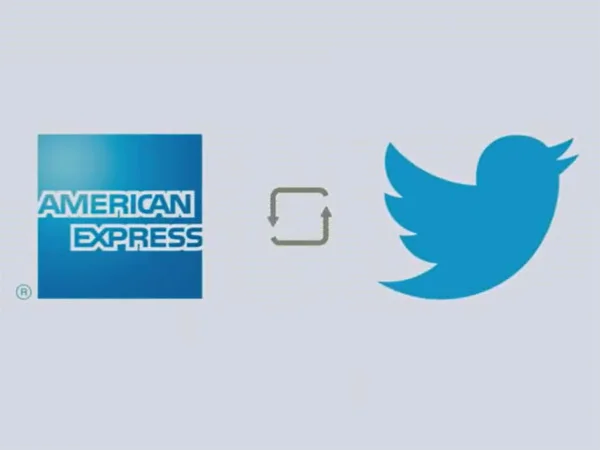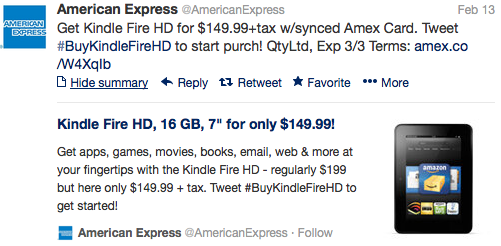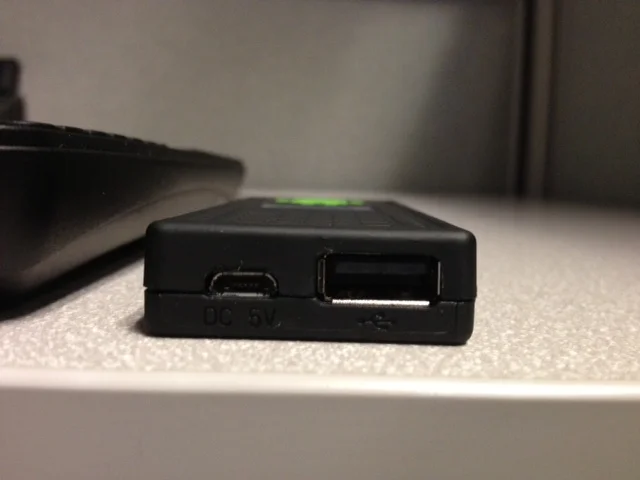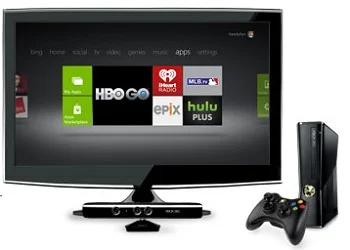I am a pretty big fan of Foursquare. I have personally tried to be an advocate of the platform in my city for a long time now. A lot of people have been skeptical, some simply haven't heard about it and some are not sure how to fully utilize it.
Foursquare just gave everyone two more reasons to fall in love with the service ...
Visa and MasterCard.
According to Foursquare's latest blog post:
To make saving money even easier, we’re working with First Data and CardSpring to expand our seamless credit card specials to Visa, Mastercard, and debit cards.
Here are three reasons why this is HUGE for Foursquare and its existing - and future - userbase:
- Even more valuable specials - Some venues may already be offering some form of monetary discount as a special; however, now they have the opportunity to team up with credit card companies to offer even more. This also means they can be creative and potentially use other types of specials for non-monetary rewards. They could use the specials to build-in some fun for the brand e.g. A fast-food restaurant could use a loyalty special to giveaway a free t-shirt!
- Spending metrics - Venues will now have the ability to see how specials tie into purchases. This can give them some serious insight into which products are popular among certain users - simply by combining the Foursquare venue demographics with purchases to tell a story. This kind of understanding could help in future product development and marketing e.g. If venue managers realize that males aged 18-24 are most likely to purchase X product, then that product could be further improved for that specific demographic. The company may also choose to begin a marketing campaign around that product targeted specifically to that demographic.
- Removing friction - The really interesting feature of credit card based specials are that they can be redeemed without the additional required interaction with an employee at the venue. On previous occasions, this interaction may have caused friction due to an employee not knowing about the special. Although this does remove a barrier for the consumer, I strongly believe that venue owners should make all of their staff aware of these specials even though they do not have to be involved in the redemption process. I believe this is important because it gives employees a tid-bit of knowledge that they can then share with consumers to allow consumers to have an even more valuable experience.
I simply cannot wait to see more credit card based Foursquare specials come up. I am very, very excited for the future of this platform. Foursquare ... for the win.















